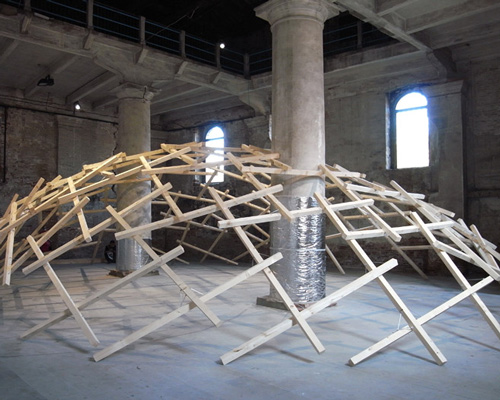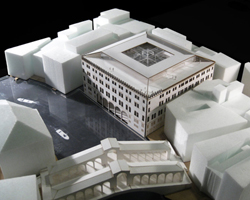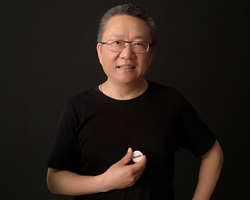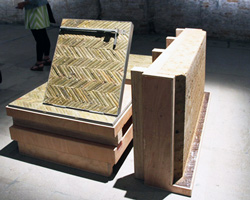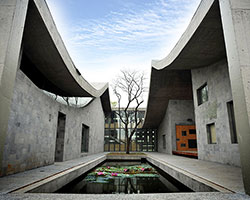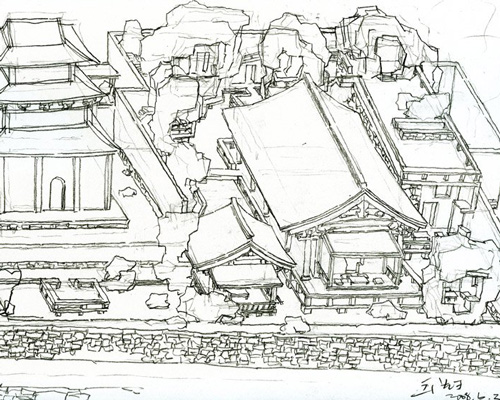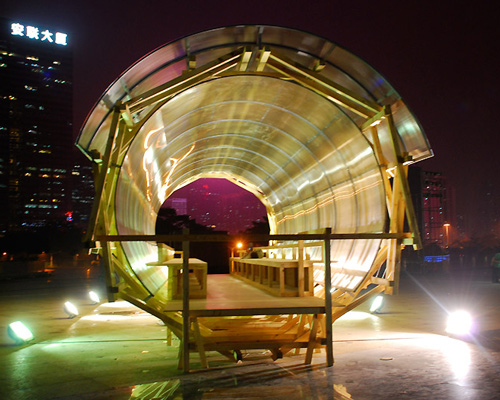
the ‘decay of a dome’ installation by wang shu, vito bertin, lu wen yu of amateur architecture studio from china is a very light structure, with a shape similar to the dome of western buildings, but its construction principle is also like those of traditional chinese buildings. it does not need a base, so the construction does not damage the ground. it contains the least components and the simplest construction principles. it can be both quickly constructed and dismantled. therefore it is also easy to move. though the construction will needed many hands – a group of people to assemble – even those who know little about architecture can participate. the rational construction becomes a nastic construction.

image © designboom
rather than looking only towards the west for inspiration as many of their contemporaries do, the practice’s work is embedded in the history and traditions of chinese culture. in particular they reference everyday building tactics of ordinary people and the strong vernacular tradition of building in china.

image © designboom
the name of their practice signals this commitment to learning from the ‘amateur builder’, focusing on craft skills and applying this to contemporary architecture. wang shu spent a number of years working on building sites with traditional craftsmen in order to learn from them.

image © designboom

image © designboom

image © designboom

image © designboom

image © designboom
amateur architecture studio was founded in 1998 by two of the most experimental and outspoken architects of china, wang shu and lu wenyu in hangzhou. their approach is based around a critique of the architectural profession which they view as complicit in the demolition of entire urban areas and the transformation of rural areas through excessive building. combining traditional knowledge with experimental building techniques and intensive research amateur architecture studio respond to the ongoing challenges of the rapidly urbanizing context of china.
the practice first came to wider attention internationally with their pavilion for the 10th venice architecture biennale in 2006; an installation entitled ’tiled garden’ – a sea of 66,000 grey chinese tiles, crossed by a bamboo bridge. those tiles came from demolition sites in china, where old structures were being replaced by new building complexes. the installation is referring to large scale demolition so common everywhere nowadays in china and how to keep up traditional modes of living in a rapidly changing context.
